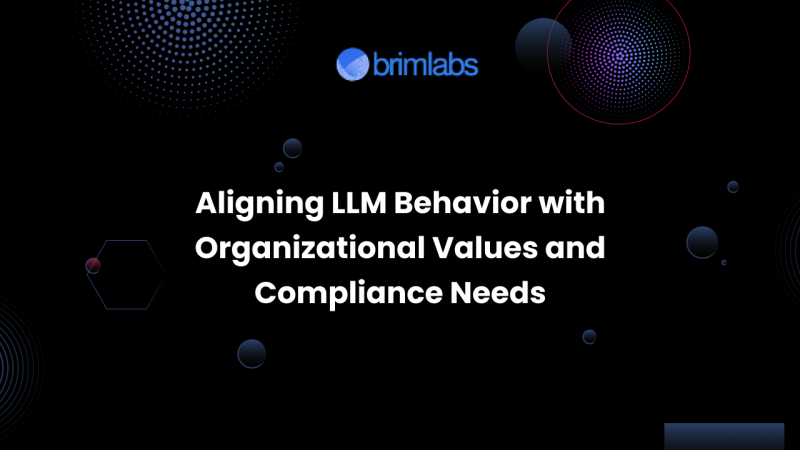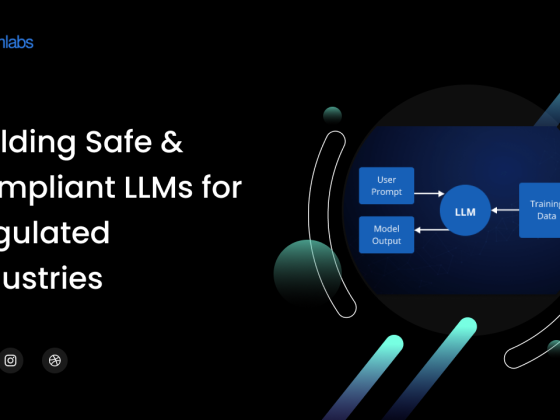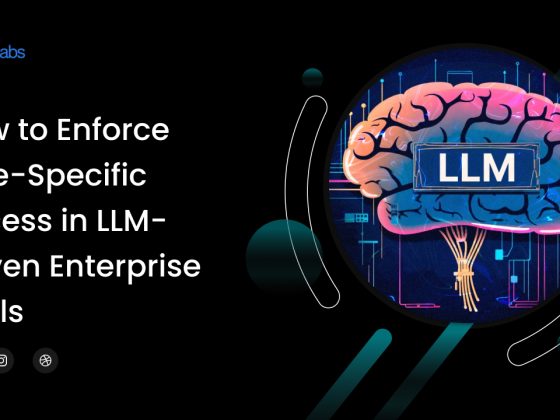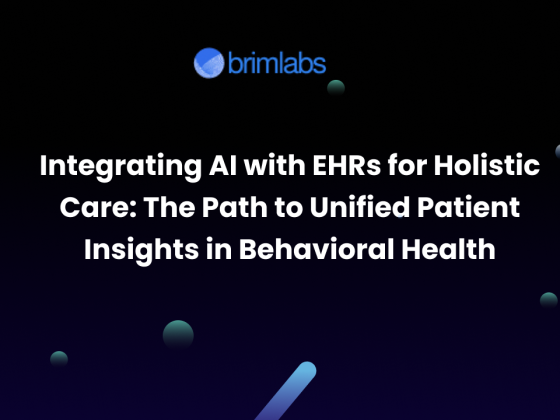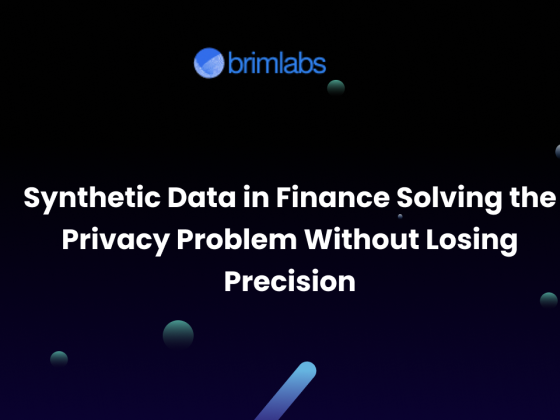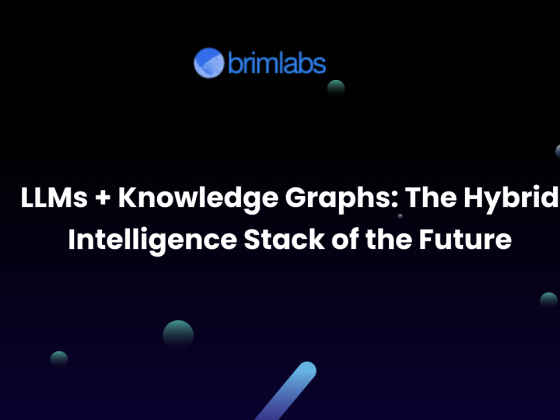As LLMs become more embedded into enterprise workflows, the focus has shifted from just performance to alignment, ensuring these AI systems behave in ways that reflect an organization’s values, priorities, and compliance requirements. This isn’t just about ethics or branding, it’s a core business need, impacting trust, safety, and regulatory standing.
In this blog, we explore how organizations can guide the behavior of LLMs to align with their internal policies, regulatory standards, and cultural values, while still leveraging the model’s capabilities for innovation and efficiency.
The Importance of Alignment
LLMs are incredibly versatile. They can answer questions, summarize content, draft documents, assist in coding, and even engage in real-time conversations. But with great power comes greater risk, particularly in enterprise environments.
Without alignment, LLMs may:
- Generate responses that are biased, inappropriate, or factually incorrect.
- Reveal sensitive internal data or external confidential information.
- Suggest actions that violate industry regulations (e.g. HIPAA, GDPR, SOX).
- Mismatch the tone or ethical expectations of the brand.
For organizations that operate in regulated sectors like finance, healthcare, insurance, and law, these misalignments can lead to significant legal and reputational damage.
Core Principles of LLM Alignment
To ensure LLMs operate responsibly, enterprises must consider alignment across three primary pillars:
1. Organizational Values
Every organization has its own DNA, values that drive decisions, communication, and customer engagement. This could include:
- Customer-first thinking
- Data transparency
- Diversity and inclusion
- Sustainability and social responsibility
LLMs must mirror this ethos. For example, a healthcare provider committed to empathy and patient safety should not deploy a chatbot that gives vague, unsympathetic medical advice.
2. Legal and Regulatory Compliance
Regulations governing AI use are becoming stricter, especially with evolving policies in the EU (AI Act), the US (Executive Orders on AI), and other jurisdictions. To comply, organizations must ensure:
- Personally identifiable information (PII) is never exposed.
- AI-generated content is explainable and auditable.
- Automated decisions are monitored and contestable.
3. Context-Specific Business Rules
Beyond ethics and law, businesses have unique processes, brand guidelines, and industry practices that LLMs must understand:
- A bank’s AI assistant should never suggest risky financial products to a minor.
- A law firm’s AI draft generator should respect legal writing standards.
- An HR department’s chatbot should reflect internal language policies and DEI standards.
Practical Techniques to Achieve Alignment
1. Prompt Engineering with Guardrails
Well-crafted prompts can guide LLM behavior, but guardrails help maintain boundaries. Organizations should develop structured templates, keyword filters, and fallback mechanisms to ensure the LLM stays within acceptable behavior ranges.
2. Fine-Tuning and Embedding Organizational Knowledge
LLMs can be fine-tuned or augmented with retrieval-augmented generation (RAG) techniques to reference internal documents, policies, and FAQs, ensuring outputs align with enterprise knowledge and expectations.
3. Human-in-the-Loop Systems
Incorporating human review, especially in high-stakes tasks, allows for better oversight and continuous learning. Feedback loops help refine model responses based on real-world usage and stakeholder input.
4. Audit Trails and Monitoring
LLM usage logs, anomaly detection, and output scoring systems help identify when and where alignment fails. These mechanisms are critical for regulated industries needing to demonstrate compliance during audits.
5. Ethical & Compliance Checklists for Model Behavior
Creating and maintaining a checklist for LLM deployments, covering topics like bias, tone, data privacy, regulatory adherence, and accessibility, ensures that the deployment team systematically reviews all risk vectors.
Challenges in Achieving Full Alignment
Despite these tools and frameworks, perfect alignment is still aspirational. LLMs learn from vast public data, and even with fine-tuning, some risks persist:
- Hallucinations (confident but incorrect responses)
- Bias reproduction
- Hidden prompt injection attacks
- Context loss in long conversations
Therefore, continuous vigilance is essential. Alignment is not a one-time configuration, it’s an ongoing process that evolves alongside the model and its environment.
The Role of Leadership and Culture
Technical safeguards are crucial, but alignment also depends on strong leadership. Organizations must foster an AI-aware culture where ethical considerations are embedded into product design, engineering decisions, and user experience. Cross-functional collaboration between compliance officers, developers, designers, and legal teams is key.
Conclusion: Aligning AI with Purpose at Brim Labs
At Brim Labs, we understand that deploying AI, especially LLMs, is not just about smart algorithms; it’s about building responsible, value-aligned systems that empower businesses without compromising trust.
Whether you’re developing an internal chatbot, a customer-facing AI agent, or integrating LLMs into enterprise workflows, we specialize in aligning AI systems with your organizational values, compliance goals, and industry regulations. Our team works closely with founders, product leaders, and compliance heads to ensure every model respects your unique business context.
Let’s build AI that reflects your purpose, ethically, securely, and intelligently.

